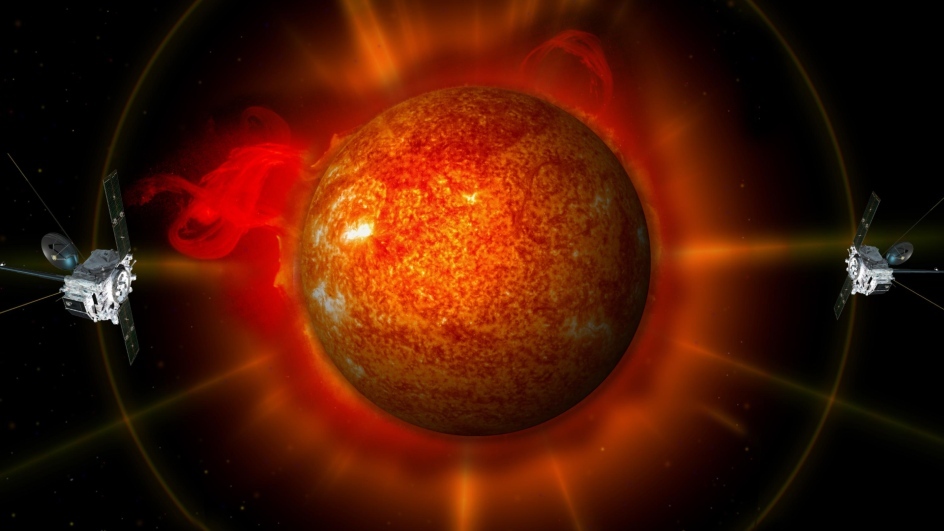Now, in 2020, scientists have confirmed that the Sun has just entered a new cycle, named the #SolarCycle25.
The #SolarCycle25 Prediction Panel of international experts stated that the solar minimum occurred in December 2019. However, it took nearly 10 months to calculate and confirm the minimum due to Sun’s variability.
Solar minimum is the phase in which the magnetic activity on the Sun drops significantly marked by least number of sunspots.
(📸:NASA)
(📸:NASA)

Sun’s solar cycle and sunspots
Our sun is a gigantic ball of electrically charged hot gas, which is in a continuous motion. This movement gives rise to the changes in #Sun’s magnetic field, which consists of two poles just like the magnetic bar.
Our sun is a gigantic ball of electrically charged hot gas, which is in a continuous motion. This movement gives rise to the changes in #Sun’s magnetic field, which consists of two poles just like the magnetic bar.
Unlike the constant poles of #Earth, the magnetic poles on Sun switch places in a time interval of 11 years. Scientists track this solar cycle through changes in the Sun's activity occurring at its surface, mainly in the form of a temporary number of sunspots on its surface.
The Sun’s cycle has two main phases’ solar maximum (most sunspots) and minimum (least sunspots) and the period from one minimum to the next is called a cycle.
(Image credit: NOAA/JPL-Caltech)
(Image credit: NOAA/JPL-Caltech)

The new solar cycle
The #Sun has entered its 25th solar cycle as measured by humans since 1755. As per the Solar Cycle 25 Prediction Panel, solar cycle 25 is more or less likely to be similar to the last one.
The #Sun has entered its 25th solar cycle as measured by humans since 1755. As per the Solar Cycle 25 Prediction Panel, solar cycle 25 is more or less likely to be similar to the last one.
Over the last five decades, there have been four cycles when the Sun was unusually active. But the last solar cycle was comparatively weaker with lesser number of sunspots.
Last year also the presence of sunspots was very low in which nearly 281 days had no sunspots at all, prompting the debates over the declaration of a minimum.
The Maunder Minimum
Any such event of low solar activity, however, doesn’t reduce the solar radiation drastically and have minimal impact on Earth’s climate. Between 1645 and 1715, unusually cold weather prevailed over Europe.
Any such event of low solar activity, however, doesn’t reduce the solar radiation drastically and have minimal impact on Earth’s climate. Between 1645 and 1715, unusually cold weather prevailed over Europe.
Iceland’s population fell by half over this period and in England, the River Thames froze.
Initially, the cold period was attributed to a decrease in the number of sunspots from cycle to cycle by British astronomers Annie Maunder and Edward Maunder and the period was called the Maunder Minimum.
But now, the research suggests that multiple factors led to this period of unusually cold weather, mainly the increased volcanic activity on Earth.
As per @NASA, the Sun's activity may start increasing halfway through the cycle, as it approaches the maximum. Scientists are now expecting that the Sun’s activity will ramp up around July 2025—when there will be a sharp rise in the number of sunspots.
Doug Biesecker, a solar physicist at #NOAA’s Space Weather Prediction Center in a #NASA statement said, Solar Cycle 25 is anticipated to be as strong as the last solar cycle, which was a below-average cycle, but not without risk.
The #Sun periodically ejects hot plasma in the form of solar flares and winds across the solar system. Therefore, predicting the Sun's solar cycle is important to understand the space weather, radio communications on Earth, and as well as to keep satellites and astronauts safe.
• • •
Missing some Tweet in this thread? You can try to
force a refresh














